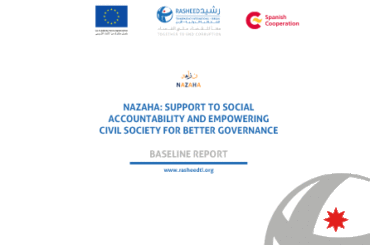The non-profit sector is one of the largest employers, as well as an effective mechanism for mobilizing public resources. 39.5 million people participate in the activities of NGOs. This is 4.4%, or one in twenty, in the economically active population. Of these, 22.7 million people, or 57%, work on conditions of paid employment, and 18.8 million people, or 43%, are volunteers. The high level of voluntary work in the activities of NGOs proves that these organizations are able to attract huge social potential to the implementation of socially significant activities (Liboralina, 2014, 3).
At present, all the activities of the third sector are aimed at finding and accumulating funds for solving various, and mainly, social problems, without diverting significant state resources from the country’s economy. The issue of financing the third sector is a question on which its future directly depends. The material and financial situation of these organizations is largely determined by their characteristics. Poor financial support is today the most painful issue in non-profit organizations. It is the lack of money that most often becomes the main obstacle to their activities.
CSOs and NGOs Ways of Financial Sustainability




